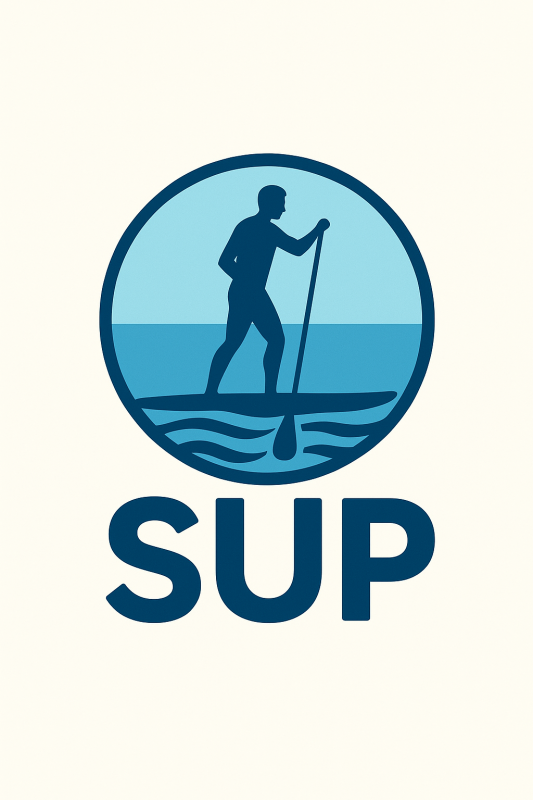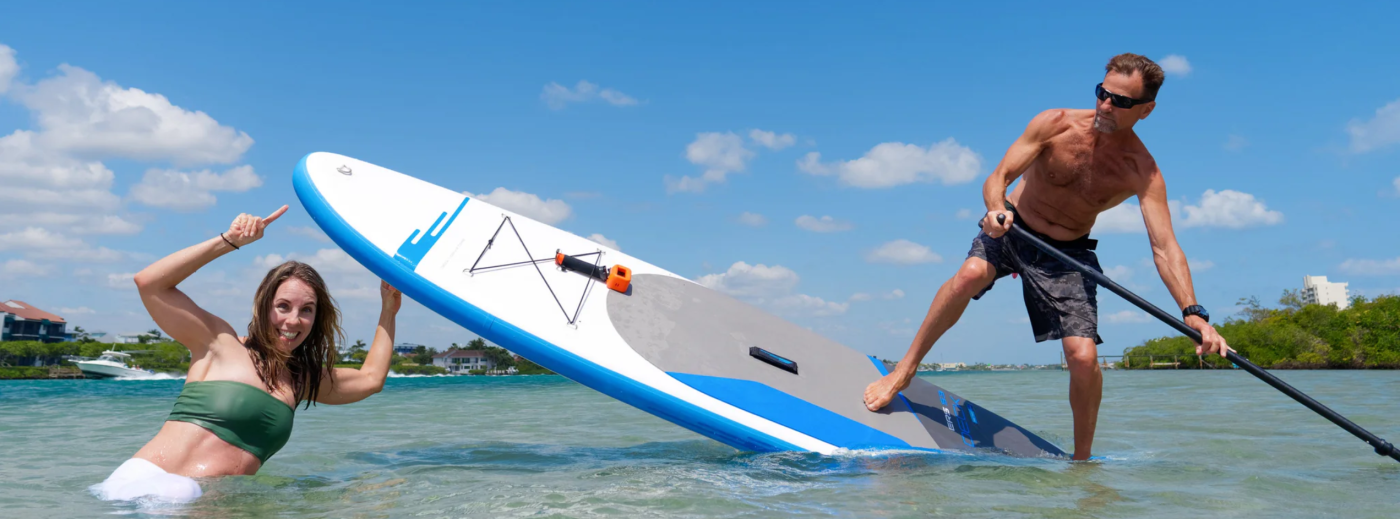Uncategorized
Beginner’s Guide to Stand-Up Paddleboarding (SUP)
Introduction
Stand-up paddleboarding (SUP) has exploded in popularity over the past decade — and for good reason. It’s a versatile, low-impact water sport that combines adventure, fitness, and relaxation. Whether you want to glide peacefully across a lake, ride small ocean waves, or explore rivers and coastlines, SUP has something for everyone.
If you’re new to paddleboarding, the idea of balancing on a board while paddling might feel intimidating. But don’t worry — SUP is beginner-friendly, and with a little guidance, you’ll be standing up and paddling confidently in no time. This guide covers everything a first-timer needs to know: choosing the right board, essential gear, paddling techniques, and safety tips.
Why Try Paddleboarding?
Before diving into the “how,” let’s talk about the “why.” SUP isn’t just a sport — it’s a lifestyle. Here are a few reasons why millions of people around the world are falling in love with it:
- Accessible to all ages and fitness levels – Unlike surfing or wakeboarding, SUP is easy to pick up, even for beginners.
- Full-body workout – Balancing on the board strengthens your core, while paddling tones arms, shoulders, and legs.
- Great for mental health – Being out on the water promotes relaxation and mindfulness.
- Flexible activity – You can use it for fitness training, yoga, fishing, racing, or simply exploring.
Choosing Your First SUP Board
Your paddleboarding experience starts with the right equipment. The board you choose can make the difference between frustration and fun.
Inflatable SUP (iSUP)
- Best for beginners – Soft, stable, and forgiving if you fall.
- Portable – Packs into a backpack and fits in your car trunk.
- Durable – Resistant to bumps and scratches, great for families.
Hard SUP
- Performance-focused – Rigid boards are faster and more responsive.
- Better for waves – Preferred by surfers and racers.
- Requires storage – Needs roof racks or garage space.
Pro Tip: If you’re just starting, go with an inflatable SUP that’s at least 10’6” long and 32–34” wide. Wider boards = more stability.
Essential Gear You’ll Need
Besides the board itself, a few key accessories will make your paddling safe and enjoyable:
- Paddle – Choose a lightweight, adjustable paddle. A carbon fiber paddle is easier on your arms than aluminum.
- Leash – Attaches you to the board, preventing it from drifting away if you fall.
- Personal Flotation Device (PFD) – A safety must-have in many areas.
- Dry Bag – For storing your phone, keys, and water bottle.
- Sun Protection – Sunglasses, hat, and sunscreen are essential.
Getting Started: Step-by-Step for Beginners
Step 1: Find the Right Spot
Pick calm, flat water for your first session — a small lake, slow river, or protected bay. Avoid waves, wind, and strong currents until you’re comfortable.
Step 2: Launch Your Board
- Start in shallow water.
- Place the board on calm surface with the fin down.
- Stand beside it and hold the paddle across the board.
Step 3: Start on Your Knees
- Kneel in the center of the board.
- Place your hands on the paddle evenly.
- Get used to the feel of the water and balance.
Step 4: Stand Up Slowly
- Place one foot at a time where your knees were.
- Keep feet shoulder-width apart.
- Straighten slowly and keep knees slightly bent.
Step 5: Master the Paddle Stroke
- Place the paddle forward in the water.
- Pull back smoothly, using your core, not just your arms.
- Alternate sides every 3–4 strokes to stay straight.
Safety Tips for Beginners
Paddleboarding is safe, but always respect the water.
- Check the weather before you go. Avoid strong winds.
- Wear your leash — it’s your lifeline to the board.
- Stay close to shore until you’re more confident.
- Never paddle alone on your first few tries.
- Practice falling — jump away from the board, not onto it.
Common Beginner Mistakes to Avoid
- Looking down instead of ahead. (Your board follows your gaze!)
- Standing too stiff. Keep knees bent to absorb movement.
- Paddling with arms only — engage your whole body.
- Choosing a board that’s too small or unstable.
Building Confidence
The more time you spend on the board, the more natural it feels. Start with short 20–30 minute sessions and gradually increase your distance and time. Within a few outings, you’ll likely feel comfortable enough to explore, bring a friend, or even try yoga on your board.
Conclusion
Stand-up paddleboarding is one of the easiest and most rewarding water sports you can try. With the right equipment, a calm location, and a bit of practice, you’ll quickly gain the skills to enjoy SUP safely and confidently. From fitness to fun, it’s a sport that truly offers something for everyone.
So grab a board, hit the water, and let the adventure begin!


Hi, this is a comment.
To get started with moderating, editing, and deleting comments, please visit the Comments screen in the dashboard.
Commenter avatars come from Gravatar.